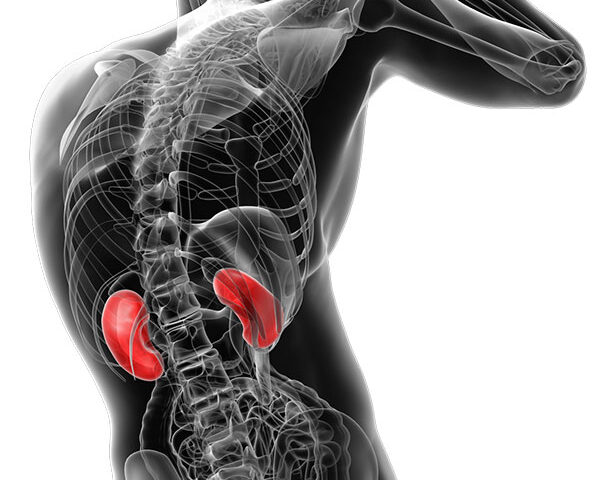
When Should You See a Cardiologist for Preventive Care After 50?
September 10, 2025
Early Signs of Dementia and When To Seek Treatment
September 11, 2025Pediatric imaging refers to specialized diagnostic tests used to create pictures of the inside of a child’s body. These tools enable doctors to visualize organs, bones, and tissues without the need for surgery. When a child shows symptoms of a kidney problem or if a routine check-up suggests an issue, pediatric imaging provides a clear view of the urinary tract. Here is more information about how pediatric imaging can help:
Ultrasounds
An ultrasound is a typical first step for examining a child’s kidneys. This procedure uses sound waves to generate images, which means there is no exposure to radiation. During the test, a technician applies a gel to the skin over the kidney area and moves a small device called a transducer across the surface.
The sound waves travel through the body and bounce off the organs, creating a real-time picture on a monitor. Ultrasound imaging may be effective at showing the size, shape, and location of the kidneys. It helps doctors detect structural abnormalities, such as a missing kidney, two kidneys joined together, or swelling caused by a blockage.
Cysts, tumors, and kidney stones are also visible on an ultrasound. Because it is a non-invasive and painless procedure, it is well-suited for use with children. The process is quick, and a parent is usually able to stay with their child for comfort.
CT Scans
A computed tomography (CT) scan offers a more detailed look at the kidneys than an ultrasound. This imaging method uses a series of X-ray images taken from different angles around the body. A computer then processes these images to create cross-sectional views of the organs. For some CT scans, a contrast dye may be injected into a vein to help make the kidneys and blood vessels stand out more clearly.
MRIs
Magnetic resonance imaging (MRI) is another powerful pediatric imaging tool for looking at the kidneys. An MRI uses a large magnet, radio waves, and a computer to produce detailed images of organs and soft tissues. Like an ultrasound, it does not use radiation. An MRI is particularly good at showing differences between normal and abnormal tissue.
Assessment
After an imaging test is complete, a radiologist who specializes in pediatrics will review the images. The radiologist interprets the images and prepares a detailed report for the child’s primary doctor or specialist. This report may describe the findings, such as:
- The size and shape of the kidneys
- Any blockages, cysts, or masses
- Signs of swelling or infection
The child’s doctor will combine this information with physical exam findings and other lab test results to make a diagnosis. The imaging report helps guide the next steps, which could include further monitoring, additional testing, or creating a treatment plan. The goal is to get a complete picture of the child’s health to provide appropriate care.
Get Pediatric Imaging for Kidney Issues
Understanding what is happening inside your child’s body is the first step toward addressing any kidney-related health concerns. Pediatric imaging offers a safe and effective way for doctors to get the answers they need. If your child’s doctor has recommended an imaging test for a kidney issue, scheduling an appointment is a proactive step toward getting clarity. Contact a radiologist today to schedule your child’s pediatric imaging appointment.





